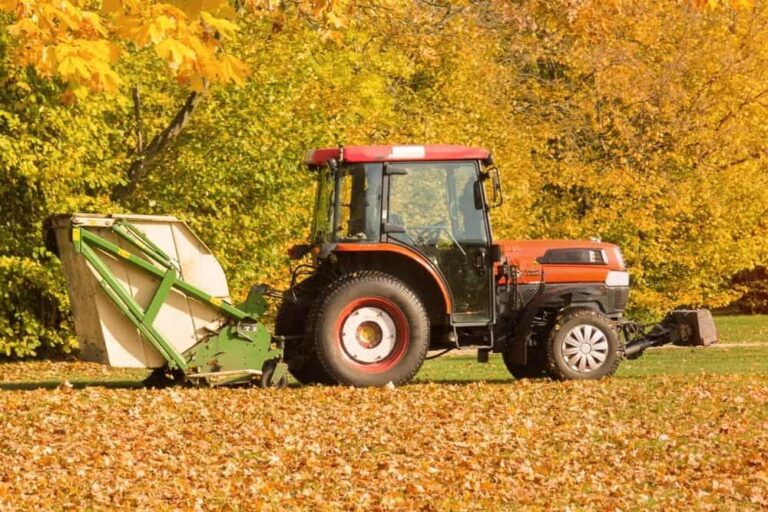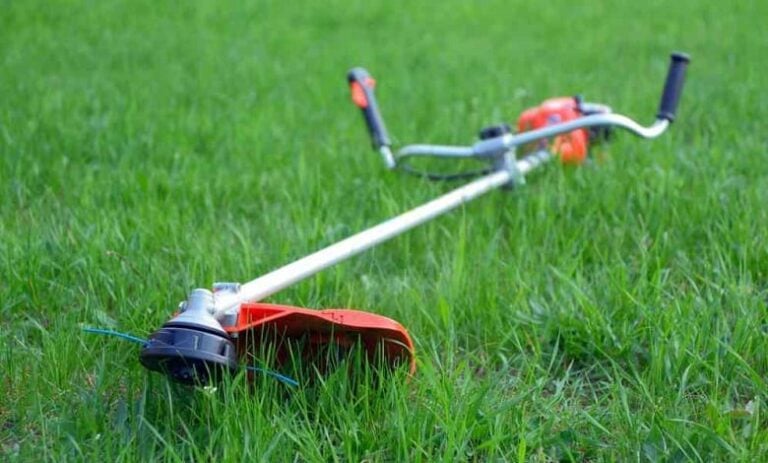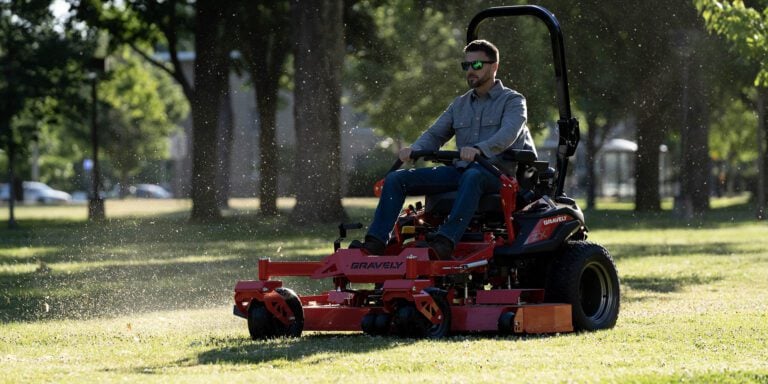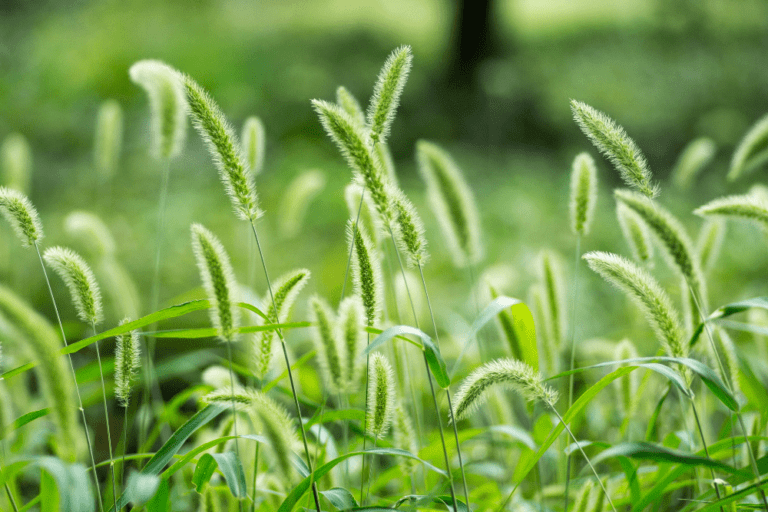Our Tips for Finding the Best Grass Seed for New England
Our recommendation for the best grass seed for New England is Pennington Smart Seed Tall Fescue Blend. Choosing a grass seed for a region rather than a state presents a greater challenge. Our pick offers a good balance between grasses that can handle the New England winters and a lawn that requires less maintenance. That one’s our favorite, but our list below has some other options for cool-season grasses for northern climates.
Our Picks for the Best Grass Seed for New England
[wptb id="8273" not found ]Location, Location, Location
The challenge of choosing the best grass seed for New England is the degree of variability that exists on the East Coast. That’s not unexpected, of course. There are the long winters and short summers characteristic of Maine, parts of New Hampshire and Massachusetts as well as Vermont. Heavy snowfall and frigid temperatures make the winters especially harsh.
Then, you have the opposite scenario in Connecticut, Rhode Island, and parts of both New Hampshire and Massachusetts. And if that weren’t enough, there is also the transition zone that lies in both southern Connecticut and Rhode Island. Add to the unique conditions of the coastal areas, and you have a mixed bag of climates and challenges, to say the least.
Granted, it’s not a perfect system. There are several mitigating factors in New England that it misses like snow cover, soil moisture, and the humidity of coastal regions. Your local cooperative extension service can provide site-specific information about suitable grasses for your area. You can also find using your hardiness zone as a guide.
In the Zone
Despite the differences in climate, there are some common factors that can help you choose the right grass seed for your area. The USDA Hardiness Zones provide a guide to the lowest extreme temperature. The zones in New England go from 3b in Maine through 7b in Massachusetts. The temperature range goes from a frigid -35 to a relatively balmy 10 degrees Fahrenheit.
As a general rule of thumb, cool-season grasses grow best in zones 7 and above. A cool-season grass has an active growth period during the colder times of the year like early spring and fall. These plants differ from warm-season grasses which grow during the warmer spring and summer months. For the cool and humid climate of New England, cool-season grasses are best.
Why Choose Cool-Season Grasses?
The primary advantage of picking a cool-season grass over a warm-season one is winter hardiness. Cold temperatures present one of the ultimate challenges for any plant. Choosing a plant that is adapted to these conditions will offer you the best chance of success. These grasses are tolerant of a wide range of climates from subarctic to tropical.
While warm-season grasses can handle the heat, the cold is a different story. With the exception of buffalo grass, most grasses will have difficulty surviving a brutal New England winter. Warm-season grasses have a coarser texture than cool-season varieties. Maintenance differs as well, with short mowing of an inch more appropriate than the longer cuts for cool-season ones.
While some cool-season grasses may turn brown during hot summers, there are numerous cultivars with improvements in tolerance levels of climatic stressors. Many will also handle cool, moist conditions as well as a moderate amount of shade. You’ll find quick growing annual ryegrasses that will cover bare spots fast as well as lush plants like Kentucky bluegrasses.
Kinds of Cool-Season Grasses
There are five basic varieties of cool-season grasses, all with numerous cultivars. Each type has its pros and cons. They include:
- Kentucky bluegrass
- Tall fescue
- Perennial ryegrass
- Fine fescue
- Bentgrass
The top two are the most commonly planted in residential lawns. Kentucky bluegrass is a dark green grass with an excellent tolerance for the cold. It prefers well-drained soils and forms dense sod. Tall fescue is a medium green grass that tolerates a wide range of environmental conditions including shade, drought, heat, and cold. It does well in temperature and transitional climates.
Perennial ryegrass is a dark green bunch grass. Unlike the other two, it is less tolerant of shade and especially heat and drought. Fine fescue will tolerate both shade and cold well. It isn’t an ideal choice in heavily trafficked areas. Bentgrass is the least tolerant of the bunch. Compared to the others, it is a high maintenance grass that is better suited to the golf course than a lawn.
These grasses differ in their tolerance to traffic. With the exception of fine fescue, all of them are appropriate in lawns that will get a lot of use. The best time to plant cool-season grasses is in late summer or early fall when temperatures start to dip below 75 degrees. You can also opt for early spring, but the best chances for vigorous growth and survival are during the fall.
This video by the Utah State University Extension explains how to reseed a lawn for bare patches or damaged areas.
What You Should Know Before Buying Grass Seed
Before planting, you should run a soil test in your yard especially if this is the first time you’re trying to establish a lawn. The test will tell you if the soil has adequate amounts of nutrients and if you need to add amendments such as lime. The New England climate provides enough challenges without poor soil chemistry adding to the mix of stresses.
Other factors to consider when choosing a cool-season grass for New England are things like maintenance needs. If you want a lawn that doesn’t require a lot of extra care, you might find fescues a better option. However, you can also opt for low-maintenance cultivars of Kentucky bluegrass if you prefer its dense cover that makes it such a popular choice.
The amount of sun and shade your yard gets may also influence your choice. Kentucky bluegrass, for example, prefers sunny locations, whereas tall fescue has no problem with shade. By the same token, temperature may also sway your choice. Perennial ryegrass will have issues with drought and heat that might not affect tall fescue.
Our Recommendation: Pennington Smart Seed Tall Fescue Blend
The climate of New England includes a wide range of frigid winters to hot, long summers—and everything in between. That’s why it makes sense to use grass seed that is tolerant of a broad range of environmental challenges. Given a choice, we’d also prefer grasses that are on the lower end of the maintenance spectrum with less frequent watering and fertilizing.
Pennington Smart Seed Tall Fescue Blend is a high-quality turfgrass that forms dense bunches quickly. We also liked the fact that tall fescue is such a tolerant grass. Considering how widely the climate varies in New England, it jumped out as the smart choice for this region. The fact that it handles wear well was another perk for high-traffic areas.
The fact that the Pennington Smart Seed is a blend of tall fescue seeds means that you’ll get a mixture of grasses that capitalize on their various tolerance levels and environmental conditions of your lawn. It produces less thatch and requires relatively less maintenance. All these factors make it our pick for the best grass seed for New England.
Photo by Junzer licensed under CC0.
Also Read: Best Grass Seed for NC Gardens






One of my oxalis triangularis plants has recently produced two leaves at the end of one of its stems, rather than the usual three. Also, the outer edges of the two leaves are bright pink with a clear wavery line between the pink and the purple areas. The effect is of a beautiful butterfly. I am intrigued. Is this a normal occurrence?
I took a few of the stems and place them in water – they are doing fine thus far (been over two weeks!) so, I believe you don’t have to throw the broken stems off. They’re just too beautiful to discard!
I meant to say you don’t have to throw away the broken stems, if they were separated close to the bottom. Also I accidentally broke one of the leaves – I placed the tip in water and it’s doing good so far too! Amazing plant!